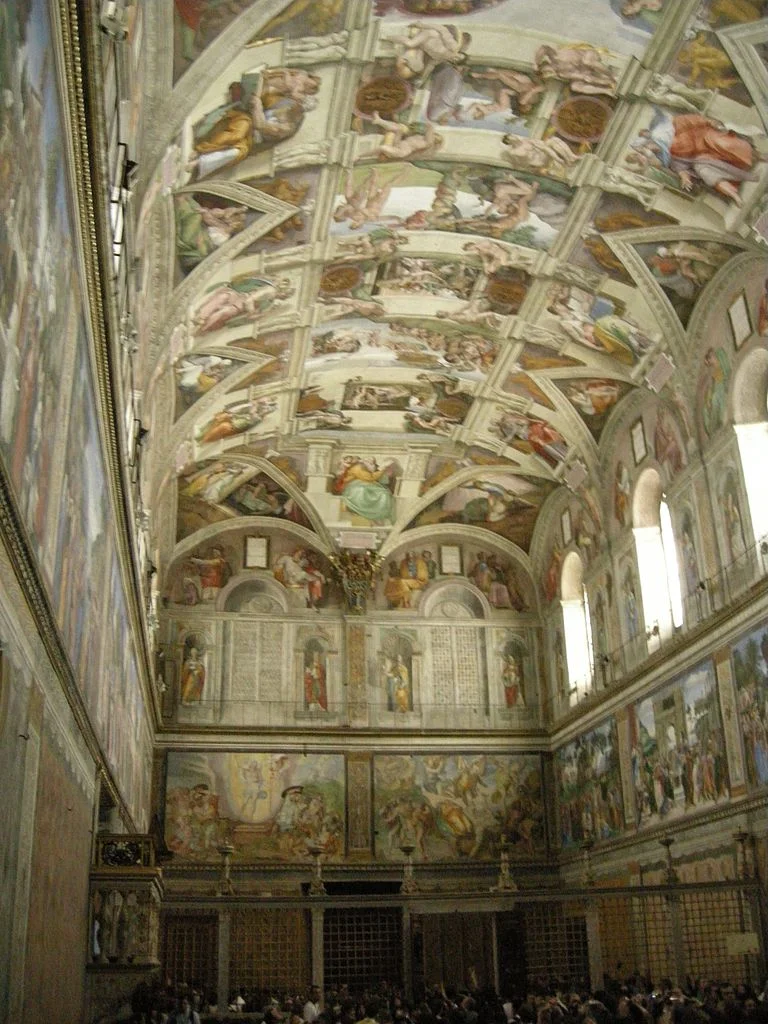Why did I associate architecture and art in the first place? Several reasons, really, not the least of which is the study of the Golden Mean as it relates to composition, which I studied before I learned which end of a paintbrush to use. The Vitruvian Man is very publicized, and I also liked the similarity (with just a bit of creative license) to dragonflies (a dragonfly has the ability to reflect and refract light and colors and is often associated with magic and mysticism. (ref. Vickie McNeely-Lesperance)
Reading about Leonardo da Vinci's Vetruvian Man led me to Vetruvius (author of De Architectura, around 15 BC.) This series of 10 books was said to have influenced the Greeks who then invented the architectural orders of Doric, Ionic, and Corinthian.
This, in turn, gave them a sense of proportion, culminating in the study of the human body. Vitruvius defined his Vitruvian Man in writing, which Leonardo da Vinci later interpreted and drew. The human male in a circle and square...fundamental geometric architectural patterns.
Vitruvius encouraged architects to familiarize themselves with pre-Socratic theories of matter so as to understand how their materials will behave. So do artists. Carpenters. Chefs. Bricklayers. It is said that Leonardo struggled six years over the painting of The Last Supper, treating it to an experimental medium which caused it to quickly disintegrate. Creatives, beware—experimenting with ingredients with no chemical knowledge can lead to disastrous results.
What if you confused salt and baking powder when cooking? Repainted the walls in your vintage home with latex over oil? Painting with acrylic pigments over oils in your art? Doing graphic design with no knowledge of fundamental 'rules'? Solid! Know the rules before you can break them.
The Sistine Chapel immediately came to mind as a visual of SOLID. I had just completed a series of paintings using components of art owned by Crystal Bridges Museum of American Art. Part of the research for that project led to my awareness that Rockwell's Rosie the Riveter was posed as an homage to Michelangelo's frescoed depiction of the prophet Isaiah from the Sistine Chapel ceiling.






